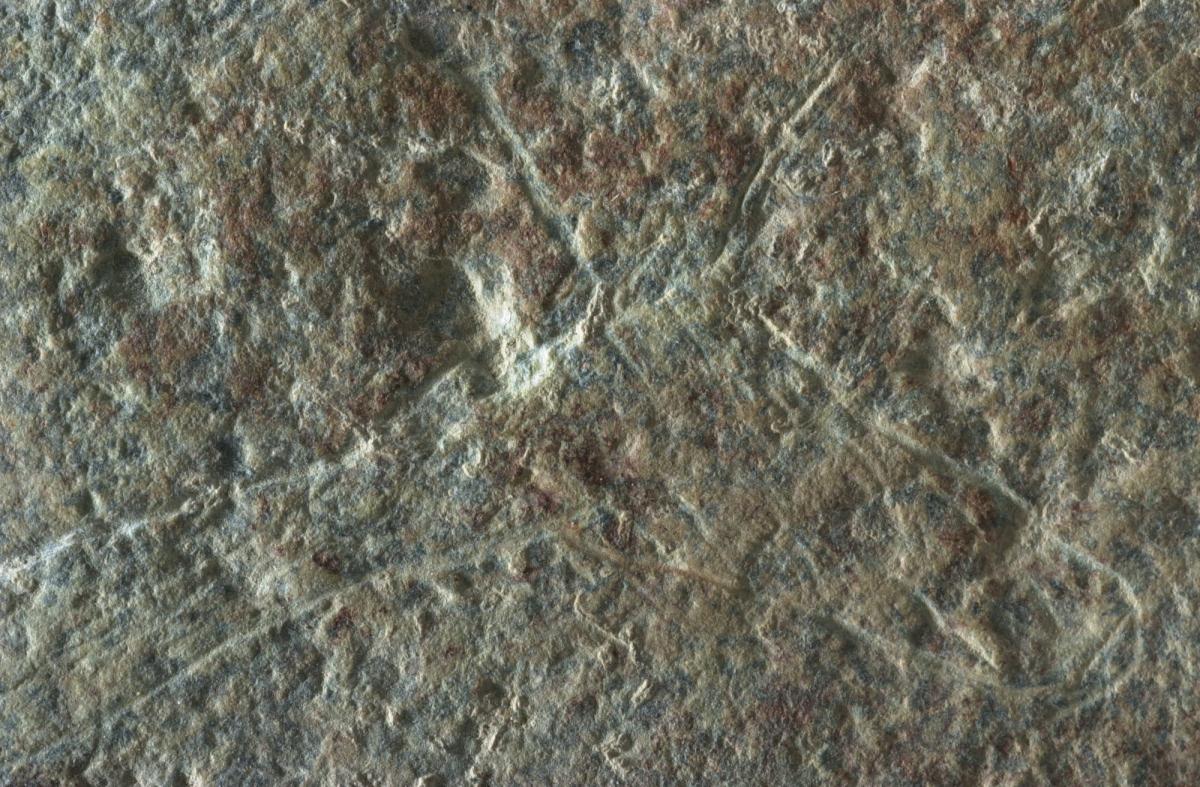Field ProjectsNext Previous
Molí del Salt
Location: Vimbodí i Poblet (Conca de Barberà, Tarragona)
Cronology: Late Upper Palaeolithic and Mesolithic
Director: Manuel Vaquero
The Molí del Salt site is a rock-shelter in the Tertiary conglomerates (Upper Oligocene), common among the eastern borders of the Ebro basin. Archaeological excavations begun in 1999 and revealed a 2.5 m thick stratigraphic sequence containing Mesolithic and Late Upper Palaeolithic (Late Magdalenian) layers. The Late Upper Palaeolithic sequence corresponds to the lowermost 1.5 m of the stratigraphy, a succession of silty and sandy layers with some large conglomerate blocks, in which two main stratigraphic and archaeological units have been distinguished from top to bottom: unit A, subdivided into levels Asup, A and A1; and unit B, subdivided into levels B1 and B2. There is also an Early Holocene Mesolithic layer at the top of the sequence. Several 14C/AMS dates have been obtained for levels Asup and A, ranging from 10,840 ± 50 and 11,800 ± 50 14C years BP – from 12,690 to 13,800 cal years BP. Levels B1 and B2 have been dated respectively to 11,940 ± 100 and 12,510 ± 100 14C years BP – 14,070-13,590 and 15,300-14,540 cal years BP. The upper layers (Asup and A) have been extensively excavated, but levels A1, B1 and B2 have been exclusively documented in a 3 m2 test pit. The number of remains in these levels is therefore much lower than in the uppermost one.
Flint is overwhelmingly dominant in the lithic assemblages and it was practically the only raw material used in knapping activities. The technological and typological characteristics are typical of Late Upper Palaeolithic assemblages in Mediterranean Spain. In general, toolkits are dominated by endscrapers, backed elements (points and blades) and denticulates, although other types (burins, borers, abrupts, truncations) are also relatively well represented. Concerning animal resource exploitation, rabbit is the most represented species. Other documented species are: ibex, red deer, wild boar, lynx, fox and badger. Some remains of birds have also been identified. This faunistic spectrum, and especially the predominance of rabbits, is common in the Upper Palaeolithic record of the Mediterranean coast of the Iberian Peninsula. Different evidences of bone industry have been also recovered. In addition, perforated marine shells used as pendants have been found. There have been documented specimens that correspond to different species (Pecten jacobaeus, Glycymeris glycymeris, Cyclops sp., Dentalium sp.).
The discovery of portable art pieces has been one of the most relevant aspects of the archaeological record from Molí del Salt, since the scarcity of artistic evidence has traditionally been one of the main anomalies of the Catalan Palaeolithic. Up to 13 pieces of portable art have been found, all engraved. Regarding the canvasses used, 9 are schist slabs, 3 are limestone, and the one remaining corresponds to a bone fragment. Concerning the motifs represented, the importance of figurative representations, basically animal figures, should be stressed. Eight pieces show this kind of figures, either exclusively or in combination with schematic motifs. In total, 18 figures have been recognized, most of them corresponding to undetermined zoomorphic representations, although it has been possible to identify depictions of cervids, horses and bovines, as well as one human figure. From a stylistic point of view, the slenderness of the figures is remarkable.




